Over the past few decades or, so we have seen a great many changes in the agricultural sector with farming so long being considered by the vast majority as life away from technology. In fact, studies show that population growth is said to increase by another 3 billion more lives by 2050, industrialized farming has become necessary and changed things for the better.
Advanced Agricultural Technologies have made farming much more high-yielding, safe, and eco-friendly. This article talks about 10 agricultural technologies that are next level:
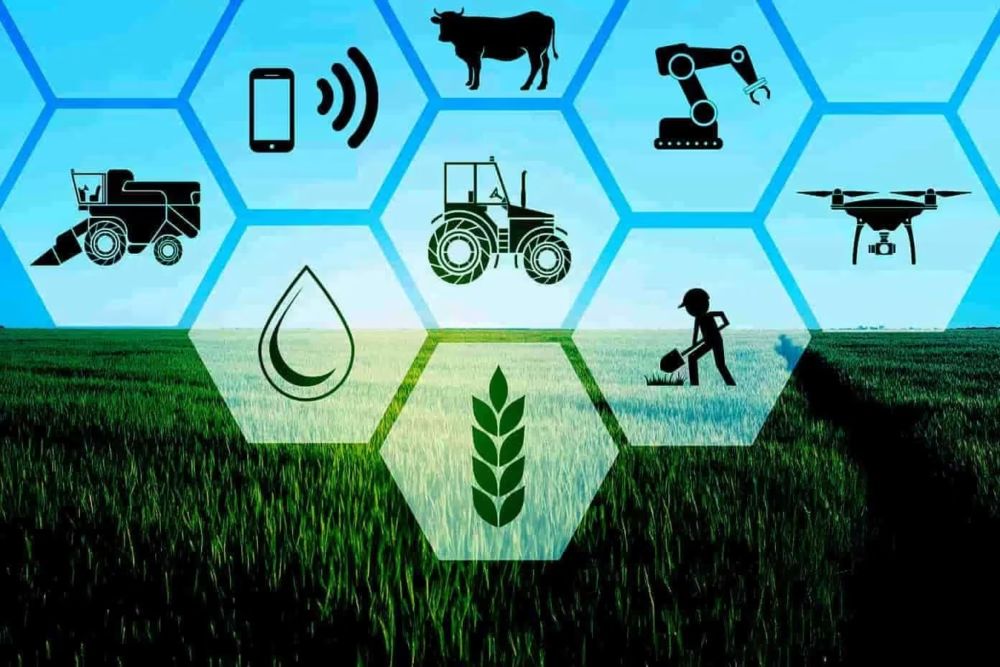
Aquabyte:
Managing a diverse fish farm is no simple undertaking, and because millions of fish are often maintained in a single cage, it can be difficult to discern many of the details around one’s fishy assets. However, Aquabyte is trying to fix this problem by offering fish farms a high-tech camera-powered solution that can pick up on not only how many fish are in a pen but also how many sea lice are present, how much the fish are eating and how large the fish in the pen currently is. Aquabyte can utilize this data to recommend feed amounts based on fish size and activity. This is helpful since it eliminates the guesswork in fish feeding and helps farmers to make better-educated decisions about how much food to feed their fish. This results in reduced food waste and higher profit margins for fish producers, making it a win-win situation all around.
Here is the link to their official website: Aquabyte
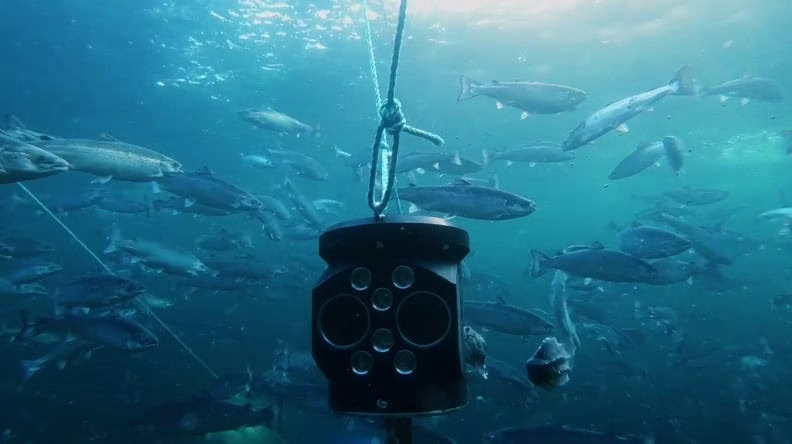
Image Courtesy: Aquabyte
Vence:
While Fitbit’s are normally worn by people attempting to fulfill their 10,000-steps-per-day goal, a startup called Vence has created a cow-friendly version. Yes, you read that correctly. Vence has created a gadget that, if implanted in your cows, can be used to not only track their fitness and well-being but also to enclose them in a virtual fence while feeding and then lead them to their pasture at night. While this may seem exaggerated, it could become a very low-cost viable solution for many cattle ranchers because it not only eliminates the need for a rancher, vehicle, and dog to harm one’s cows, but it also provides real-time information so you can know whether the cow is sick and in need of treatment at the touch of a button. As a result, these gadgets are more cost-effective.
For more on this, you can watch the video linked here:
Here is the link to their official website: Vence Corp
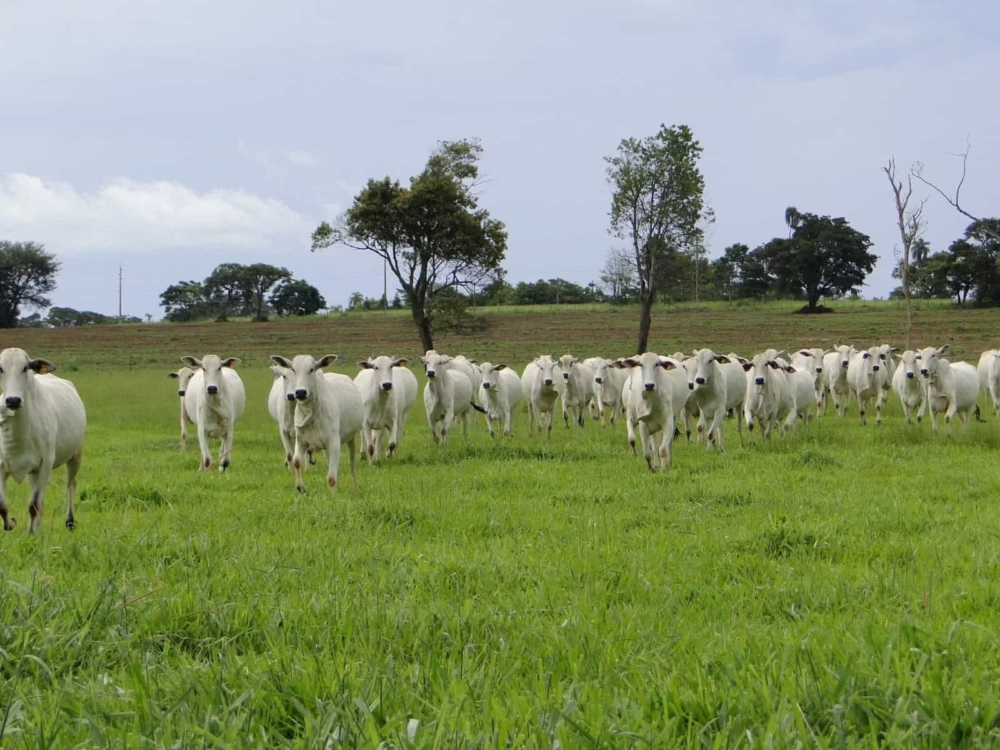
Image Courtesy:Vence Corp LinkedIn
Trapview:
Ask any farmer what’s the absolute bane of the agricultural world and the answer would-be pests. And as a precaution, they will often spray pesticides over their crops to scare away these creepy critters. However, farmers are not always aware of which pests are attempting to eat away at their crops and this is where Trapview comes into the picture. Trapview has agricultural technology which is very unique. You see, this product is essentially a pest trap on steroids as it not only catches bugs but photographs them and sends you the data in real-time, allowing farmers to make an educational response that not only tackles the correct type of pests but does so in the correct area of their fields as well. Due to this they ultimately save money on the fertilizer in the long run, having less of their crops compromised due to insects, the Trapview is certainly a good addition to the majority of farms and a step towards modern farming. You can watch this linked video for more information:
Here is the link to their official website: TrapView
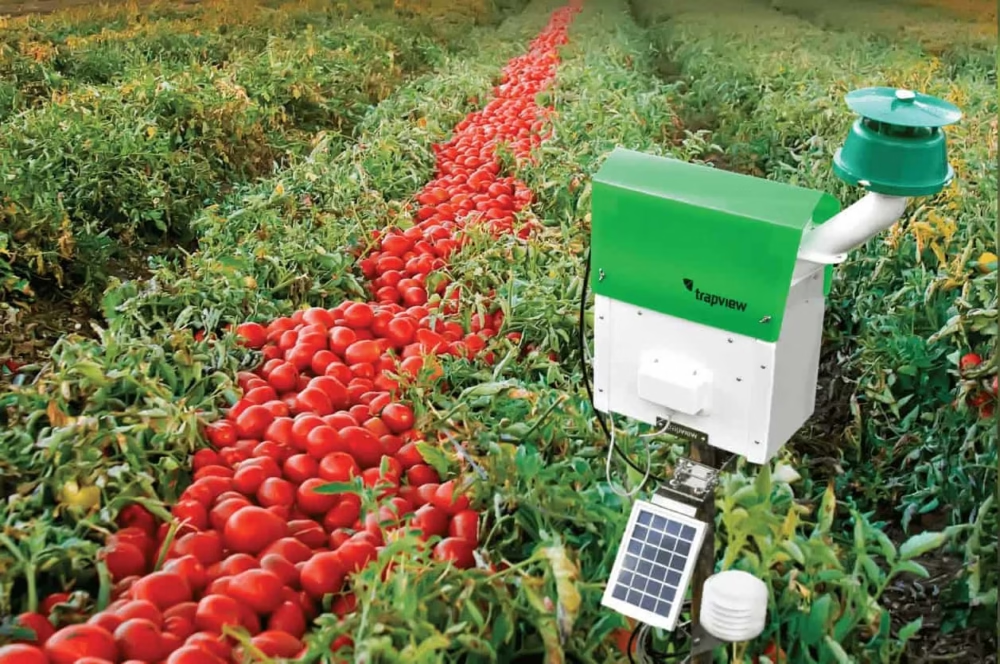
Image Courtesy:Trapview
The Self-Driving Tractor:
A farmer operating a tractor is one of the few images that spring to mind when we think of a farm. While this may have been prevalent in fields in the past, the agricultural sector has begun to transition from drivable tractors to fully automated ones in recent years. Every farmer will benefit greatly from this agricultural technique. These tractors are made by a variety of companies, including John Deere, Fendt, and Case IH. They navigate by using lasers that bounce signals off several mobile transmitters located throughout the field, and they can sometimes be controlled remotely by a farmer sitting in the comfort of their own home. They’re also frequently fitted with a pair of sensors that allow them to stop for obstructions and hence pose no danger to anybody or anything around. As a result, we wouldn’t be shocked if the popularity of these handy cars grows as more of them hit the market in the future.
For more visit:
The link to the official websites:
John Deere: John Deere Website
Fendt: Fendt | Tractors
Case IH: Case IH Autonomous Concept Vehicle
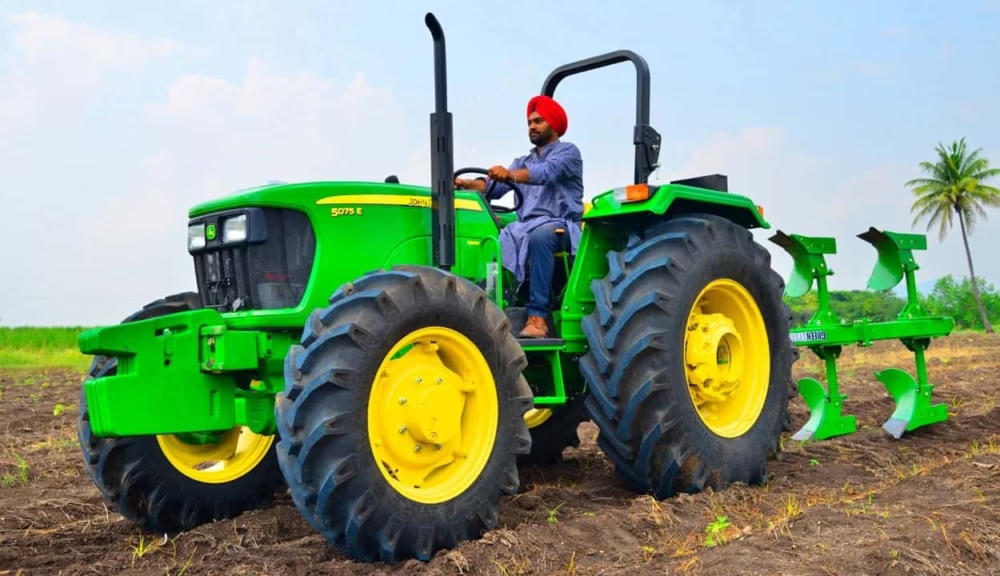
Image Courtesy: John Deere Tractors
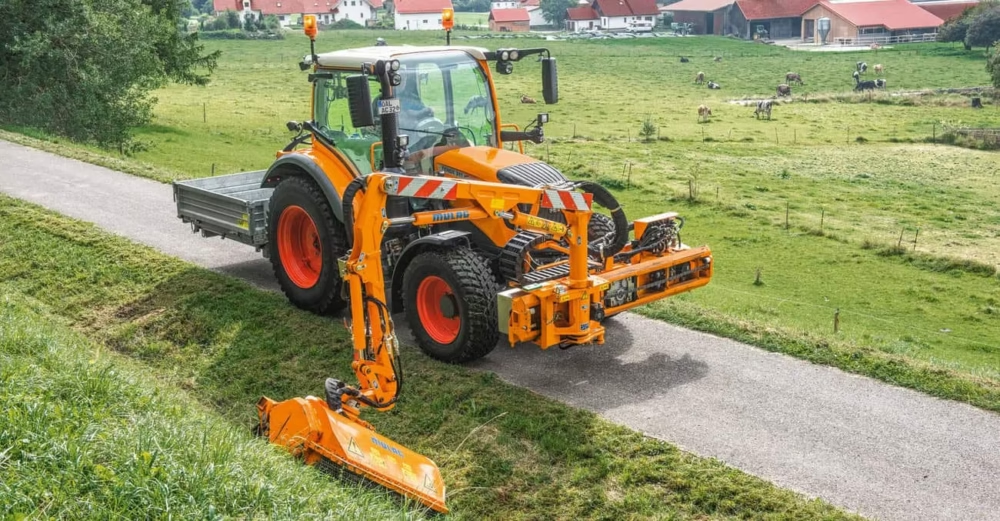
Image Courtesy:Fendt Tractors
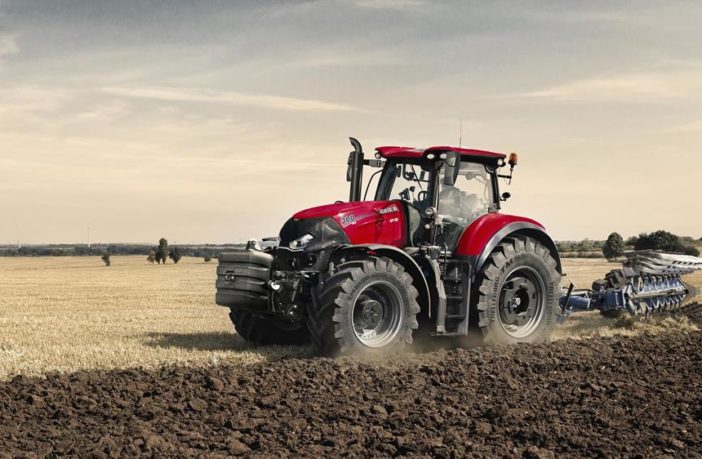
Image Courtesy: Case IH Tractor
Full Harvest:
Simply stated, food waste is one of the most serious concerns in the agriculture business; after all, it is estimated that 20 billion pounds of unappealing produce are thrown away each year, resulting in vast amounts of water, gas, and potential nutrients being wasted. Although farmers struggle to sell defective food to grocery stores because of its poor market value, Full Harvest is attempting to reverse this by building a B2B marketplace where farmers can connect with customers to sell food that would otherwise be thrown away. Farmers will publish their surplus food on the system, and if they receive an order, they may send it out to the client. Full Harvest pays the farmer immediately, allowing farmers to benefit from their rubbish effectively, making it a genuine win-win situation for everyone.
For more watch:
Here is the link to their official website: Full Harvest – Buy or Sell Ugly and Surplus Produce

Image Courtesy: Full Harvest
The TerraSentia:
Since robotic systems have grown in popularity throughout the world, they have steadily made their path into the agricultural industry, resulting in some incredible agricultural technology. Although there are numerous examples, the greatest is earthsense’s TerraSentia robot. Basically, this little robot travels through the plants in a farmer’s field and depending on criteria such as stand count, stem width, and plant height, gathers data on plant health, crop physiology, and stress response using a mix of sensors, visual cameras, LIDAR, and GPS it collects the data. Then it utilizes these parameters to provide detailed reports for farmers, enabling them to make higher yield management decisions. When you take into account that TerraSentia’s creators are presently working on techniques to monitor early vigor, corn ear height, soybean pods, plant biomass, and plant diseases, it’s evident this machine is genuinely a level class agricultural technology.
Here is the link to their official website: Earthsense
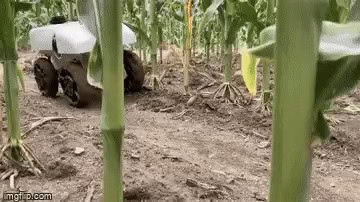
Image Courtesy: Terrasentia GIF
Kray Technologies Agricultural Drone:
Labor rates are relatively a big consideration for many farmers, as it is frequently prohibitively expensive to hire personnel to plant, water, spray, and harvest crops. Kray Technologies, on the other hand, has solved this problem by producing a new farming approach that is the world’s first totally unmanned digital drone crop sprayer. This agricultural production generally works by flying above fields and spraying on-demand fertilizers and pesticides directly to farmer’s fields, with equipment capable of serving just south of 5 square kilometers of crops a day. Rather than spraying random quantities of fertilizer, the agricultural drone is designed to perceive a field in 3-D, allowing it to deliver exactly the right quantity of fertilizer at precisely the right moment. Best of all, it can be programmed to fly autonomously without the need for human intervention, and because of its hybrid computer vision system, it can identify impediments and recreate the ground 100 meters ahead with a precision of 10 cm. We don’t rule out the possibility of seeing them in greater numbers on farmer’s fields shortly.
Here’s the link to their YouTube video:
Here is the link to their official website: Kray Technologies
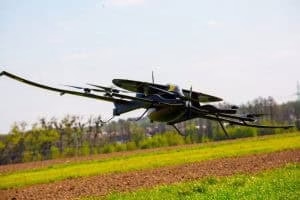
Image Courtesy: Kray Galery – Kray Technologies
Trace Genomics:
Trace Genomics is a firm with the purpose to extend genetic monitoring to a farmer’s soil. While genetics is a field inhabited by both humans and animals, Trace Genomics is a firm with a purpose to extend genetic monitoring to a farmer’s soil. It eliminates guessing for farmers by assessing if an area of soil deteriorates enough to plant crops on. You might wonder how the firm accomplishes this. To begin, they analyze the biology of the soil by using proprietary soil DNA extraction and sequencing to index and quantify millions of organisms within it, and then they utilize machine learning to decipher these organisms. Data analysis is performed to compare the acquired soil sample to a huge and expanding set of soil data. Trace Genomics then integrates the biological and chemical data from the soil to provide a report on how strong the soil is. This helps the farmer determine whether cultivating on a certain piece of land will be lucrative. Even though Trace Genomics was formed in 2015, it has had phenomenal growth since agricultural technology was first introduced to the market.
For information watch this
Here is the link to their official website: Home

Image Courtesy: Trace Genomics
The Farmer’s Business Network:
Simply said, owning a family farm is difficult, and small farms have always struggled to compete with large industrial farms, whether it’s when it comes to buying seeds, selling crops, or acquiring machinery. The Farmer’s Business Network, or FBN, aims to change this narrative since it is essentially an all-around platform that allows farmers to handle every financial part of their business with simplicity, thanks to a variety of features that let small farmers actually compete with the big ones. The application’s pricing transparency feature allows farmers to see what other farmers spend for common chemical and seed inputs, saving them an average of 19% off the median price of chemicals and 10% off the median price of seeds. The FBN, on the other hand, not only assists in finding inexpensive seeds but also in finding the perfect seeds, as it provides users with yield and pricing information on over 1400 seed kinds, which, on average, benefits farmers. Well beyond these inputs, the FBN offers a variety of technology-related services, the most famous of which is free satellite imaging, which allows farmers to better monitor their fields and saves them around $2 per acre in satellite imagery expenses.
Farmers may also bounce questions and ideas off of each other to make the greatest commercial and agricultural decisions possible, owing to the network’s close to 14,000 active members. This program generally costs a modest monthly charge, however, FBN has made it completely free for all farmers for a limited period. So, if you chance to be a farmer and want to give it a shot, now is the time.
Here is the link to their official website: Farmers Business Network (FBN) | Trusted Insights from Real Farmers | FBN
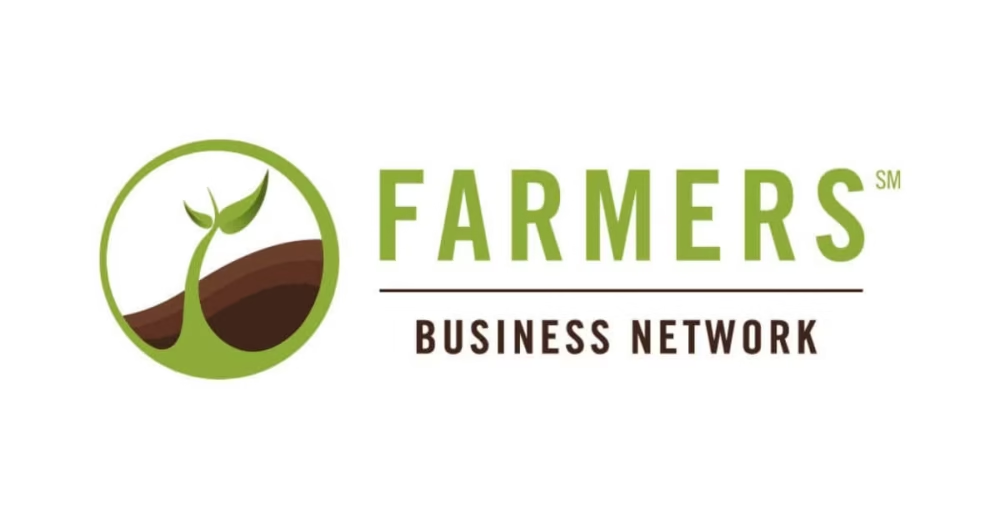
Image Courtesy: The FBN
Indoor Vertical Farming:
In recent years an interesting new modern farming concept known as Indoor Vertical Farming has taken root in more urban environments with limited land space. In essence, this modern farming technique involves building up rather than building horizontally regarding agriculture, as Indoor Vertical Farming encourages households and small growers to use growing shelves to create a controlled growing environment. Now, these shelves are rather versatile and can use traditional soil or more modern farming techniques such as hydroponic growing or vegetables are cultivated in a nutrient-dense bowl or water or aeroponic growing where free-flying plant roots are systematically sprayed with water and nutrients. In any of these 3 cases, the crops are generally given nutrients via artificial grow lights with it being possible to use sensors to regulate and track temperature, humidity, and nutrient levels of the crop. As a result, this agricultural technology has been estimated that this type of modern farming uses 70% less water for the same amount of output than a regular farm would, and generally speaking it leads to larger crops per resource used. Indoor Vertical farming really is a good way to tackle land and labor adequacy in the agricultural industry.
To understand how indoor vertical farming works watch
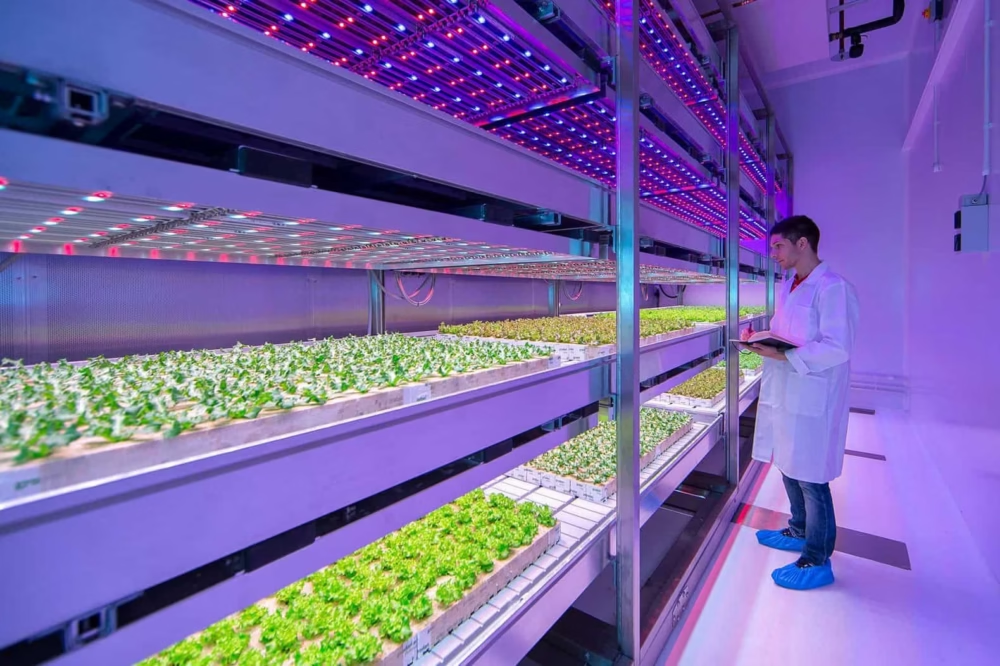
Image Courtesy: Pinterest

